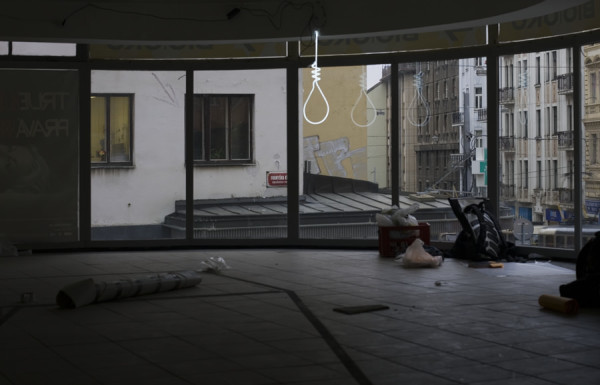When you hear the words “public health issue” you might first consider things like the Listeria outbreak in caramel apples or problems like diabetes and obesity. But in 2004, the WHO declared suicide to be a serious public health issue—suicide is the second leading cause of death for the age group 15-34, and is in the top five leading causes of death for 10-14 year olds and 35-44 year olds. It’s estimated that there were approximately 800,000 suicides in 2012, but this is probably higher due to under-reporting.
We’ve discussed before how where you live can influence what you’re at risk for, and a new study suggests that there is a growing gap in the number of suicides that occur in rural areas and urban areas. Data was pooled from the beginning of 1996 to the end of 2010 in the United States, looking at a total of 66,595 deaths by suicide in the age group of 10-24 for both males and females. Previous data has showed that males are at higher risk than females.
Image Source: urbancow
In just the two year period between 2008 and 2010, the age-adjusted suicide rate for both men and women in rural areas is almost double that of the suicide rate for them in urban counties: 20 in 100,000 for males and 4 in 100,000 for females in rural areas compared to 10 in 100,000 and 2 in 100,000 in urban areas. This gap has been widening—in the 1996-1998 period, males in rural areas were at a 59% higher risk of suicide, which jumped to 93% in 2008-2010. Suicide rates for men have decreased in urban counties while staying relatively constant in rural areas, perhaps a partial reason for this widening disparity. Rates have increased for females in both areas, however. Even after taking into account such things as economic and healthcare factors, the disparity remains.
So what could explain this? There’s a number of things that could contribute to this disparity. The first is that it’s more difficult to get help in rural areas; mental health services are less readily available. The little help that is available is more difficult to get to, and the stigma surrounding mental illness is yet another roadblock keeping people from getting the help they need. The lower, spread out population in rural areas can also contribute to loneliness and isolation, but these are only a few of the many possible reasons and differences between urban and rural areas.
Some of these problems have simple solutions that may take more time to implement, such as increasing the availability of mental health services in rural areas. Meanwhile, trying to do away with the stigma surrounding mental illness is a challenge. In 2013, the WHO released the mental health action plan 2013-2020 hoping to decrease the suicide rate by 10% by 2020. Suicide is a major public health issue affecting not just individuals but entire populations. However, the key is that it is preventable.
Feature Image Source: lpk 90901










